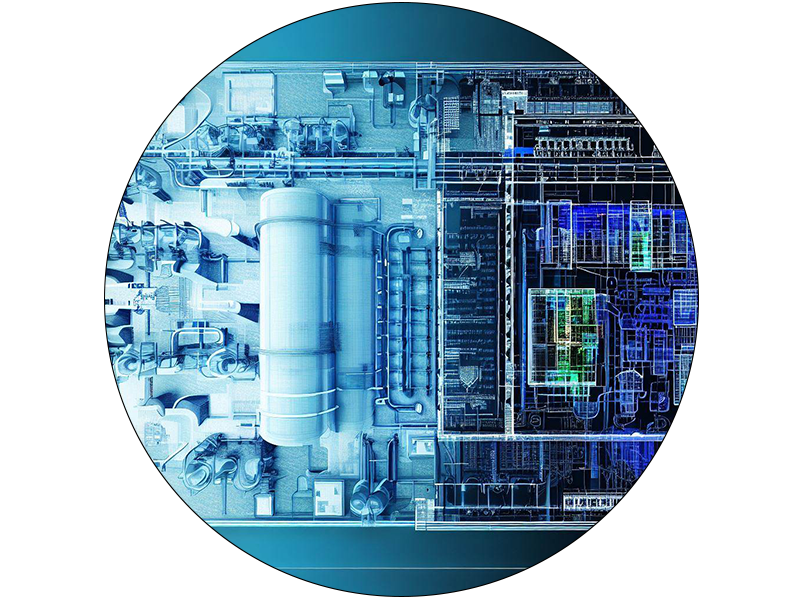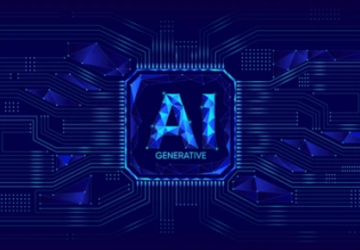What is a digital twin?
À l’ère de la transformation numérique, de nouvelles technologies émergent et révolutionnent divers domaines de notre vie quotidienne. L’un de ces concepts passionnants est celui du “jumeau numérique”. Ce terme intrigue et suscite l’intérêt de nombreux experts en technologie et de professionnels de divers secteurs. Dans cet article, nous plongerons dans le monde du jumeau numérique, explorerons sa signification, ses applications et son potentiel, ainsi que son impact sur notre avenir. Préparez-vous à découvrir comment cette innovation prometteuse peut changer la façon dont nous concevons, construisons et interagissons avec le monde qui nous entoure.
-
What is a digital twin?
The digital twin is an accurate virtual replica of a real-world object, system, or process. Essentially, it’s a real-time digital representation of a physical entity or complex system. The digital twin combines data from sensors, computer models, and real-time information to create a virtual simulation. This simulation is used to understand, monitor, optimize, and predict the behavior of the real object.
-
How does the digital twin work?
To create a digital twin, several steps are necessary. First, data is collected using sensors placed on the physical object or using technologies such as 3D modeling or virtual reality. Then, this data is processed and used to generate a realistic computer model that accurately represents the real object. This model is continuously updated using real-time data from the real object, allowing precise synchronization between the digital twin and its real counterpart.
-
Applications of the digital twin :
The digital twin finds applications in many sectors and industries. Here are a few examples:
Manufacturing Industry
In the field of manufacturing, the digital twin can be used to simulate production processes, optimize supply chains, conduct virtual tests, and enhance the overall efficiency of the factory. It also allows for the detection of potential problems before they actually occur, thus reducing downtime and associated costs.
Healthcare Sector
In the medical field, the digital twin can be used to simulate specific organs or body systems, allowing doctors to gain a better understanding of diseases, test potential treatments, and plan complex surgical interventions. It can also be used to monitor a patient’s condition in real-time, providing valuable information for personalized healthcare.
Smart City
The smart city concept relies on using the digital twin to model and optimize urban systems such as transportation management, energy consumption, urban planning, and waste management. By utilizing real-time data, decision-makers can make informed choices to enhance residents’ quality of life and environmental sustainability.
-
Benefits of the Digital Twin:
The use of the digital twin offers numerous advantages:
Informed Decision Making
The digital twin provides accurate and real-time information about the actual object, allowing decision-makers to make informed decisions based on concrete data rather than assumptions.
Cost and Time Reduction
By simulating processes and scenarios before their actual implementation, the digital twin can reduce costs associated with errors and delays. It also allows for the optimization of operations, leading to efficiency and productivity gains.
Accelerated Innovation
The digital twin offers a secure environment to test new ideas, from virtual prototypes to new functionalities. This speeds up the innovation process by reducing risks and costs associated with trial and error.

The digital twin is a powerful technological innovation that offers significant benefits in many fields. From manufacturing to healthcare, and smart cities, it enhances the understanding, optimization, and forecasting of real objects. By using accurate and real-time virtual representations, the digital twin allows us to make informed decisions, reduce costs and lead times, and accelerate the innovation process. As the world continues to digitize, the digital twin will play an increasingly important role in how we design, build, and interact with our environment.
Better understand the possibilities of SmartShape?
Schedule a demo

